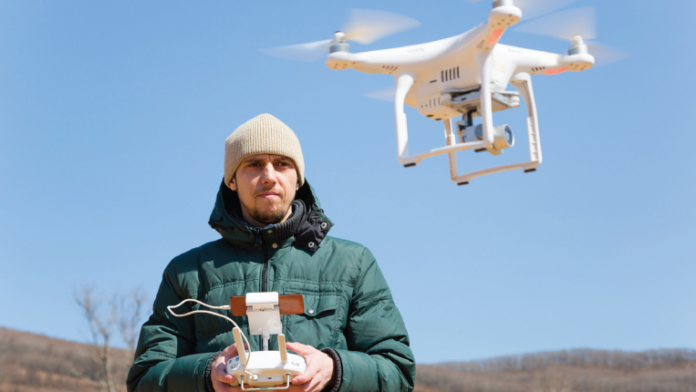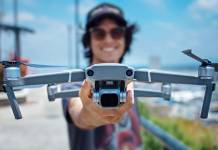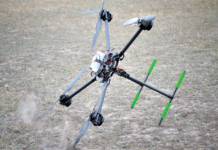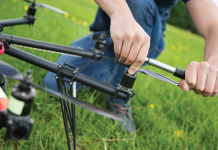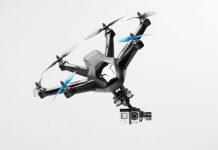For those who have already earned their wings, here is a list of shot ideas to try out the next time you fly.
1. Fly-by
Perhaps the first shot to try, the fly-by is your Swiss Army Knife shot. It’s perfect for quick transitions, fast cuts or simply to spice up a montage of footage. Whether your subject is in motion or stationary, fly your drone over, through, or to the side of the subject. As the drone is flying by, you’ll have to integrate a pan or tilt for best composition and to keep your subject nicely framed in the shot.
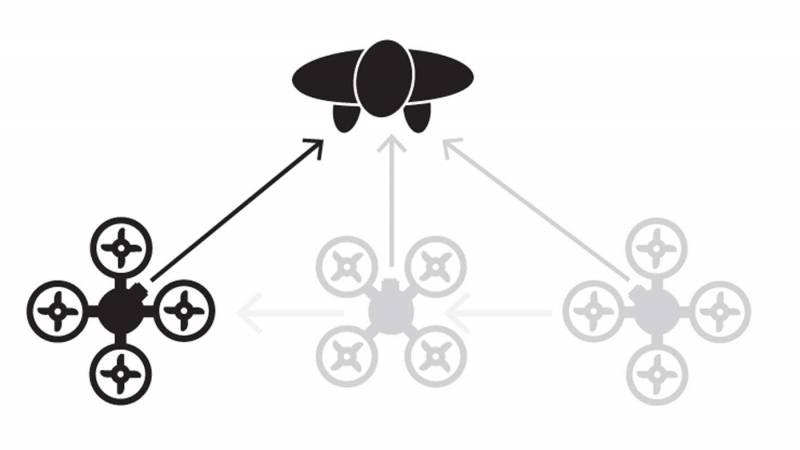
2. High Pan
A truly classic shot, this is a basic pan — only really high in the air. This shot is perfect for an establishing shot and great for showing off the surroundings. The best part of this shot is its simplicity. Launch your drone and fly up to your desired altitude and start slowly panning your camera around. To allow for plenty of options in post, capture the pan from both left to right and right to left, and also pan a full 360 degrees.
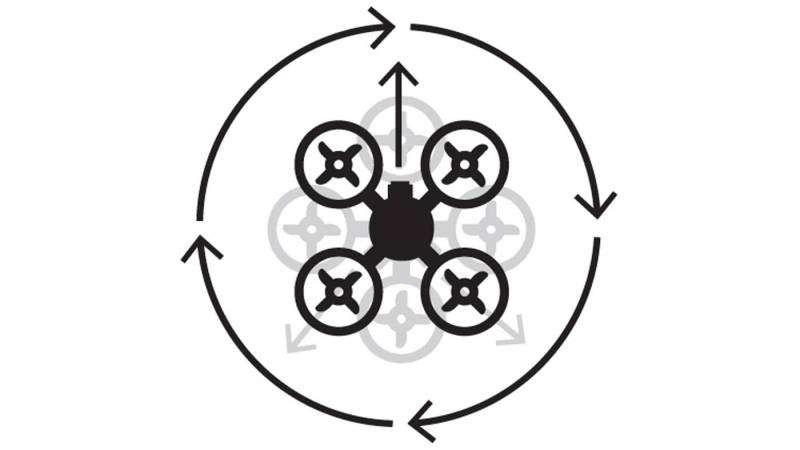
3. Orbit
A difficult shot that requires precise tweaking by the operator, the orbital shot requires the drone to rotate around the subject of interest by 360 degrees at the desired altitude. Some drones now allow you to create points of interest or waypoints and will automatically circle around that point at a predetermined distance, turning a once very challenging shot into a shot every beginner can accomplish.
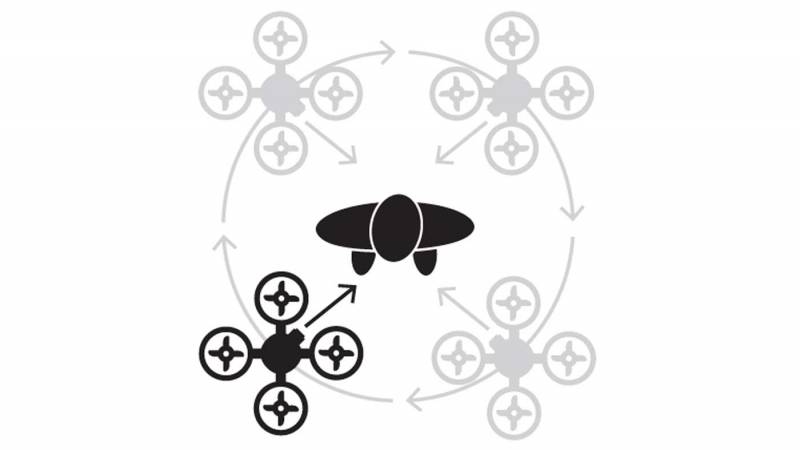
4. Reveal
The reveal is as the name implies — a shot in which you reveal your subject. One idea is to have your drone start flying towards your subject with the camera facing down, then slowly tilt up to reveal your subject. Slow the pan/tilt speeds if you’re having trouble ending a reveal shot smoothly. Adding depth using parallax effects is a great way to add energy to your shots. Frame your shot with trees, structures or other elements in the foreground. The closer your drone is to these elements, the more energy the resulting shot will have. It also ensures you get credit for the drone movement. As is often the case, if there is no action in your shot — i.e., nothing dynamic happening — a drone shot becomes boring really quickly. The reveal solves this problem.
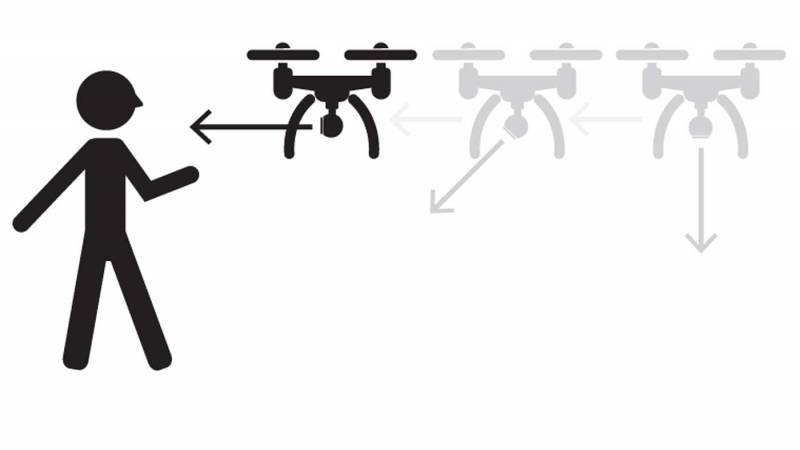
5. Fly-through
The fly-through shot is where the camera passes through a tight space like a window or a pair of close beams. This shot can be tough to accomplish with typical camera equipment. Replacing a bulky camera set-up with a drone, it’s rather easy to perform a fly-through shot with the right drone and some practice. With smaller drones available on the market, these shots are more achievable than ever. However, fly-through shots still come with a level of risk.
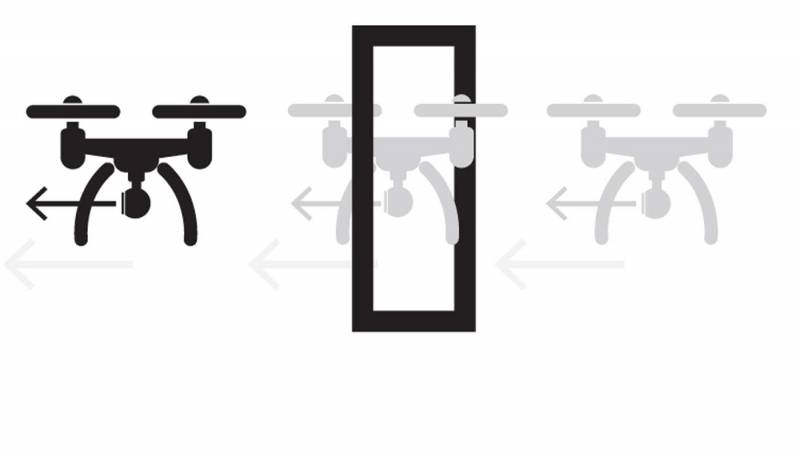
6. Follow
This shot requires the most coordination and is potentially the most dangerous of the shot ideas listed here. Since you’re subject is moving as you follow them, things can get a bit dicey. As well, the timing involved in the follow shot is difficult to nail. Plan the shot with everybody involved and start with slower follow shots to build your confidence. Many drones now offer autonomous modes where the drone uses GPS to follow a signal being sent from a phone or where an app which allows you to select the subject you want the drone to follow, making this process easier.
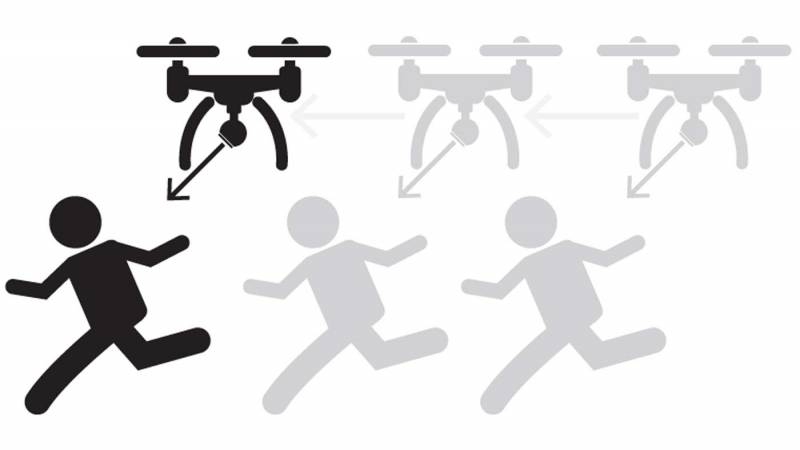
7. Super-dolly
There are a plethora of shots a drone can acquire that resemble those made possible by traditional production equipment such as dollies, cranes and steadicams. For instance, have your subject moving towards the drone while the drone is flying backwards, leading the subject. While dollying back, have the drone raise up to reveal the surroundings in a spectacular fashion no crane could ever achieve. Similarly, use your drone for side to side trucking shots — only with no dolly track length limitations to inhibit your creativity!
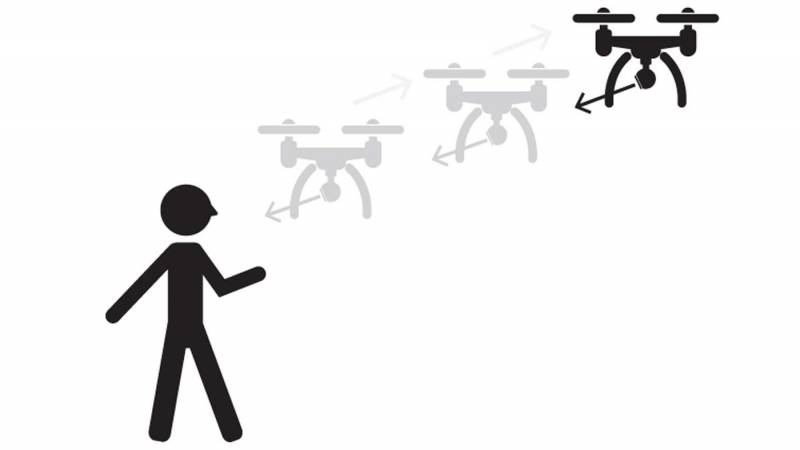
8. Pedestal
Another crane-like move is the pedestal shot. Think about how you prepare for a high pan. The first thing you need to do is fight up to an altitude. Hit record on the way up and you have a pedestal shot. Typically, the camera is locked in one position when performing a pedestal shot. Try a pedestal shot of a tall sign or structure. Start at the bottom of your subject and then have your drone fly straight up, easing to a gentle stop when arriving at the top for a great variation of the reveal shot.
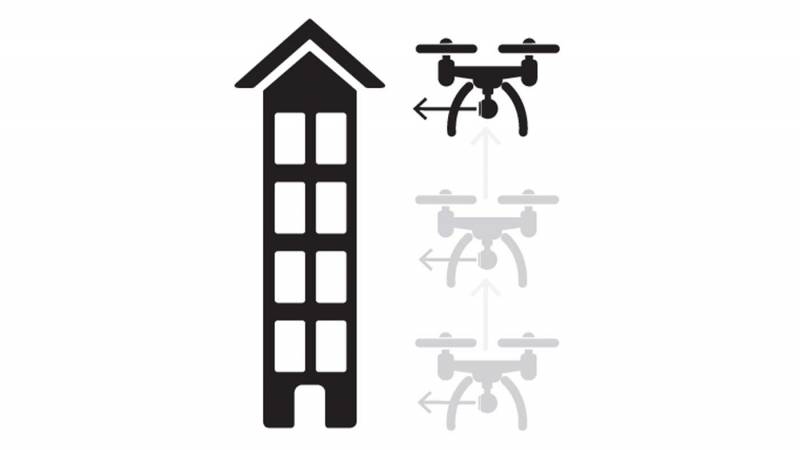
Get Creative!
Next time when you go to fly your drone, remember some of these shot ideas and try to incorporate them into your flight plan. Combine multiple shot types to create your own unique shot.
Devin is a freelance producer and director who has produced hundreds of television advertising and marketing campaigns for local and top television markets.

